Types of coatings
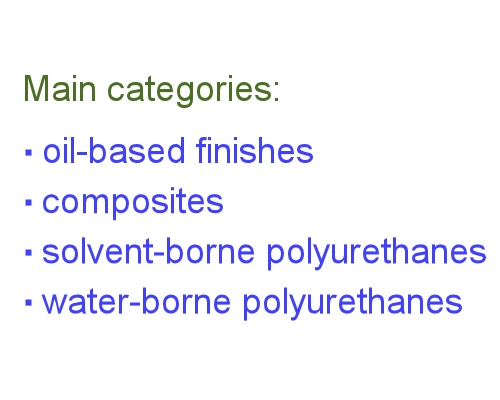 Audio for slide 1 (mp3 |6|KB)
Audio for slide 1 (mp3 |6|KB)
Floor coating systems can be grouped into the following categories, according to their chemical composition:
- oil-based finishes
- composites
- solvent-borne polyurethanes
- water-borne polyurethanes.
Each category has products with surface finishes ranging from matt (or low sheen) up to gloss, and in the case of some polyurethanes, very high gloss.

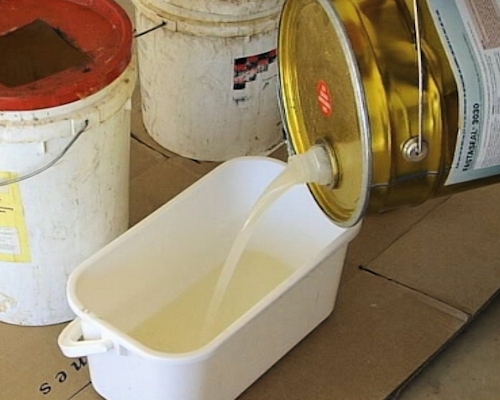 Audio for slide 2 (mp3 |6|KB)
Audio for slide 2 (mp3 |6|KB)
VOCs are chemicals that evaporate easily into the air. Unfortunately, many VOCs have been found to cause long-term health and environmental problems.
The issue for manufacturers is that often the best performing solvents are also the most harmful.
As a result, manufacturers now try to balance good performance characteristics with acceptable levels of VOC emissions.
Let's look at each of the main categories in more detail.

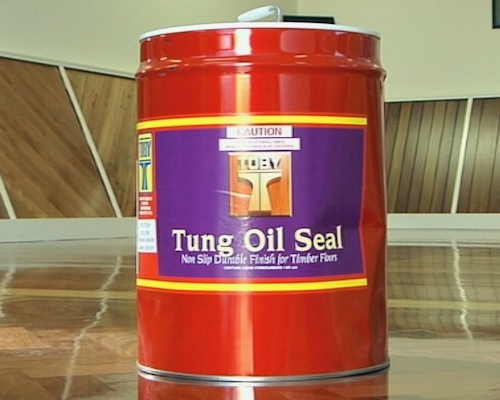 Audio for slide 3 (mp3 |6|KB)
Audio for slide 3 (mp3 |6|KB)
Oil-based finishes
Clients choose oils and waxes when they want a 'natural' look.
Curing oils are dissolved in mineral turpentine or white spirits and contain added curing agents called 'metal driers'.
Products include tung oil and linseed oil, which are generally cheaper than other coating systems.
These oils produce a rich timber colour, although they will darken with age, and in some areas may develop a yellowish hue.
They also require frequent maintenance with polishes.
Alkyds are based on curing oils, but are combined with a synthetic resin to improve their durability.
As a result, they require less maintenance than the curing oils.

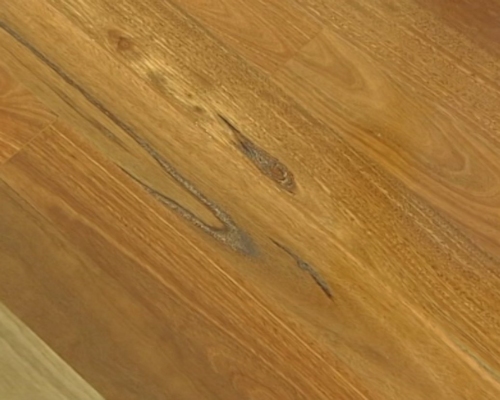 Audio for slide 4 (mp3 |6|KB)
Audio for slide 4 (mp3 |6|KB)
Composites
The most common composite solutions are oil modified urethanes (OMUs), which combine an oil with urethane.
Products that have higher proportions of urethane have higher levels of durability.
The downside is that urethane also reduces the product's flexibility, which makes it less resistant to edge-bonding.
We'll talk more about edge-bonding in Section 2: Problems and causes.

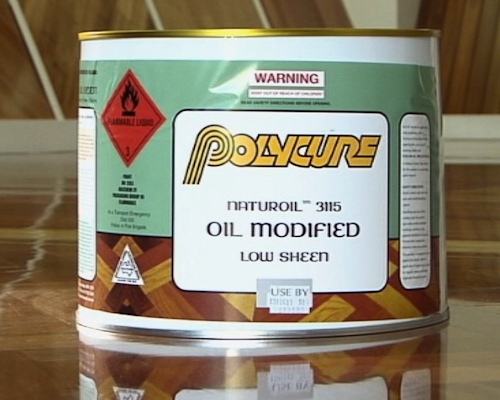 Audio for slide 5 (mp3 |6|KB)
Audio for slide 5 (mp3 |6|KB)
However, new water-borne products are starting to come onto the market, which have much lower VOC emissions, although they're generally more expensive.
All OMUs tend to yellow with age. They also cure slowly in cold weather. But they are still quite popular because of their reasonable cost, good edge bonding resistance and intermediate durability.

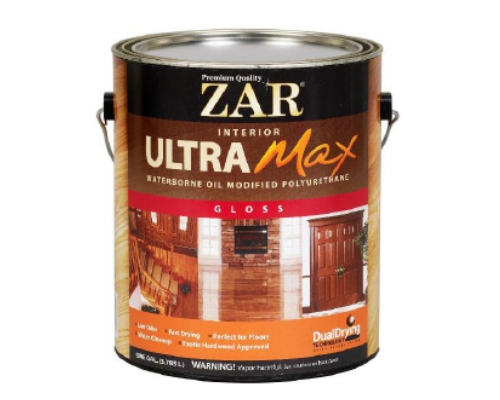 Audio for slide 6 (mp3 |6|KB)
Audio for slide 6 (mp3 |6|KB)
Solvent-borne polyurethanes
If your client is looking for maximum durability and a high gloss sheen, solvent-borne polyurethanes will provide the best results of all coating products.
The main trade-off for their excellent performance is that they have a strong solvent smell and high toxicity levels while they're curing.
The toxicity comes from the isocyanates in the solution, which can cause eye, nose and lung irritations.
Two-pack systems tend to have higher isocyanate levels than one-pack products.

 Audio for slide 7 (mp3 |6|KB)
Audio for slide 7 (mp3 |6|KB)
Solvent-borne polyurethanes also have poorer edge-bonding resistance than other floor coating products, so you need to assess the floor before you start and advise the client if you think the boards might continue to shrink.

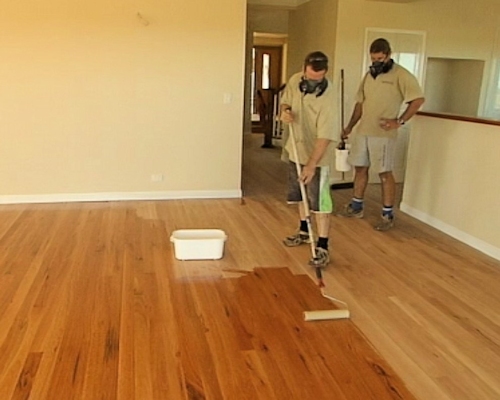 Audio for slide 8 (mp3 |6|KB)
Audio for slide 8 (mp3 |6|KB)
Water-borne polyurethanes
Water-borne polyurethanes come in a wide range of sub-categories, including acrylic and resin blends.
Products that don't contain acrylic provide a better wear resistance.
They come in two-pack or one-pack options and are available in matt through to gloss finishes.
Although they're in the highest cost bracket of all flooring coatings, they are often the preferred choice of contractors and clients because they don't give off the strong smell that solvent-borne polyurethanes do.
They also provide a much better resistance to edge bonding.


Learning activity
Audio 9 (mp3 |6|KB)Each of the categories of floor finishes described above has a photo of a particular brand-name example.
See if you can identify at least one more brand name for each category. Write down the name of the product and its manufacturer in your workbook for this unit. Also provide a brief description of the product's chemical make-up.
If you don't have access to these products at your own workplace or in a store room, do some research on the internet. Type the category of each coating system into your search engine and see what listings come up.





